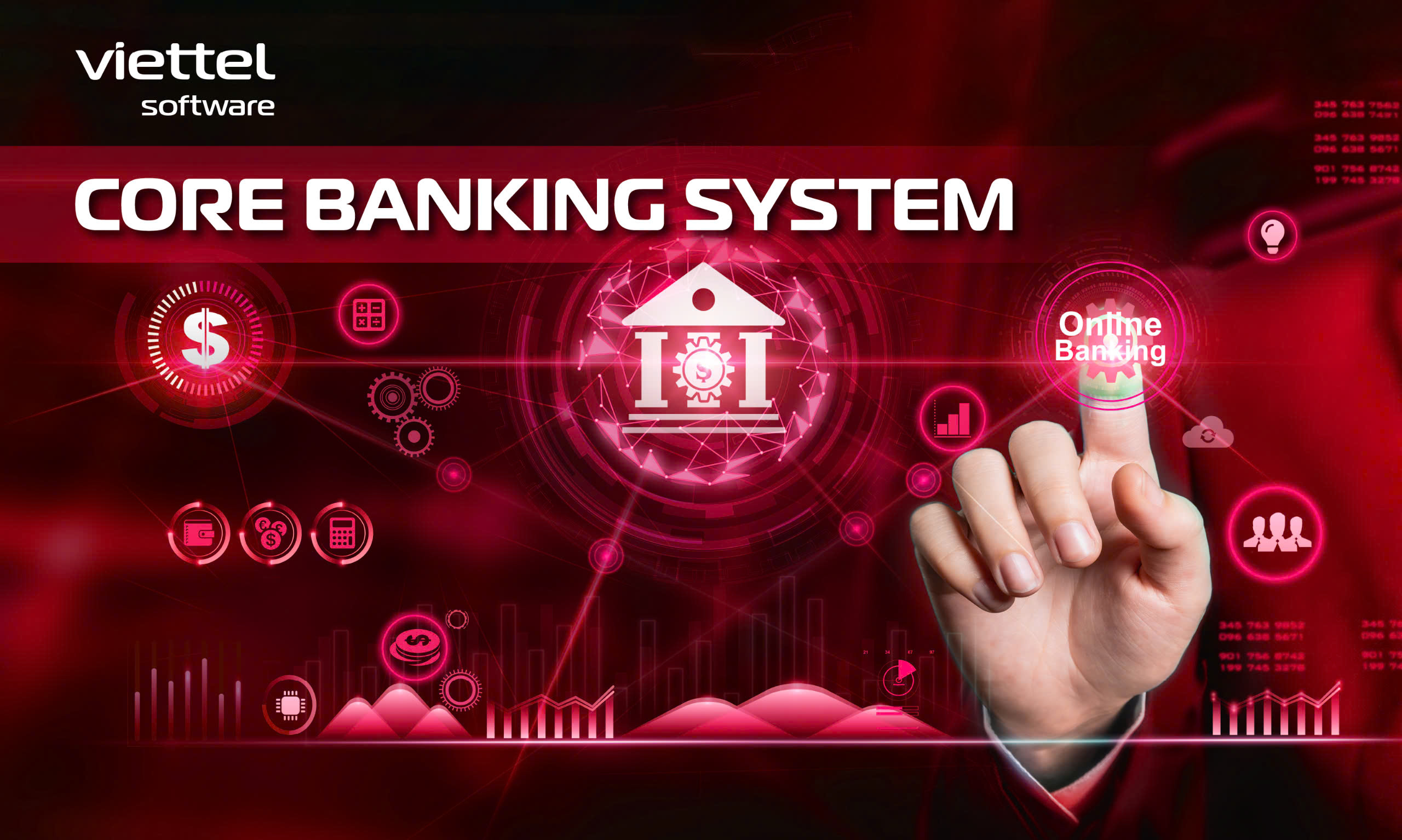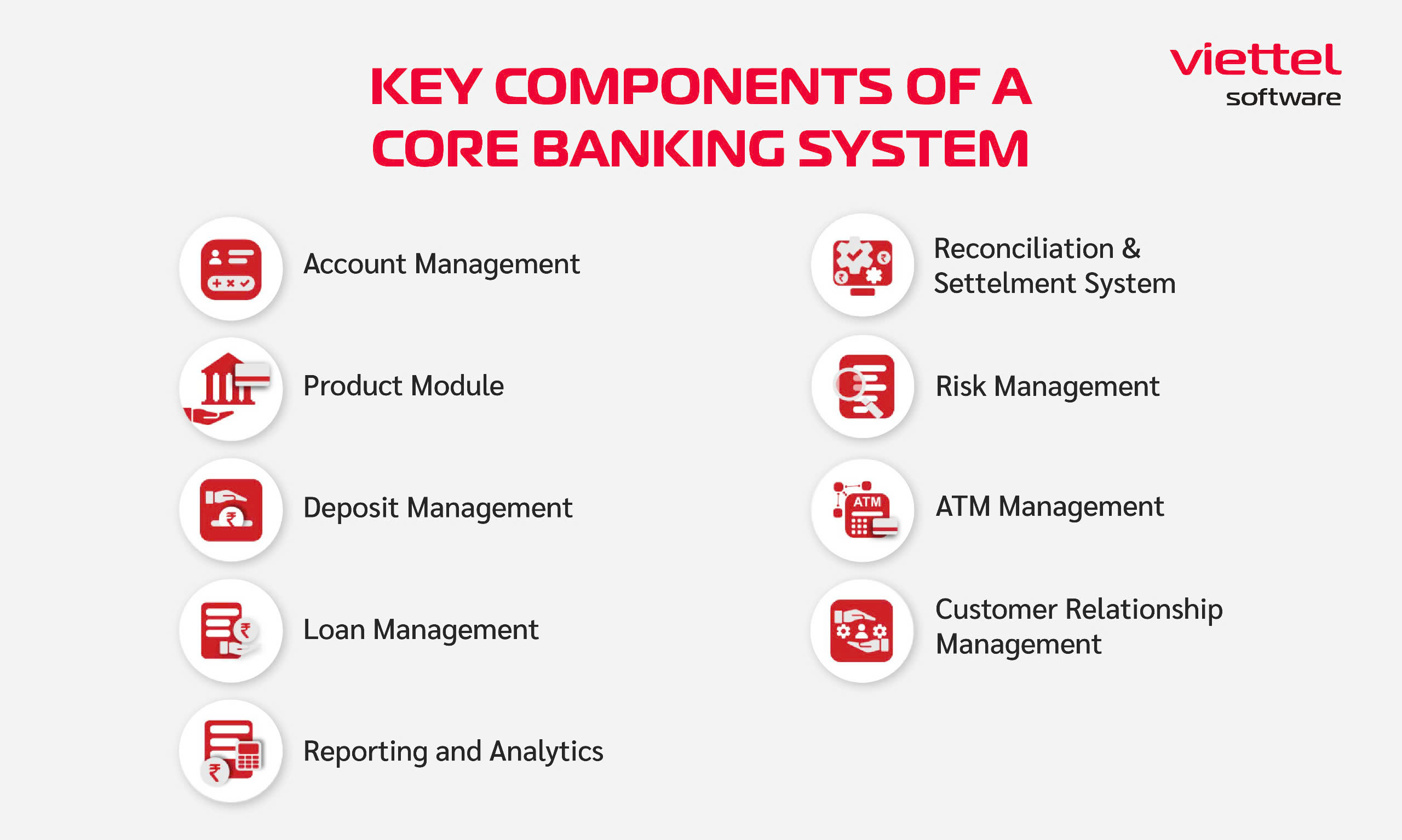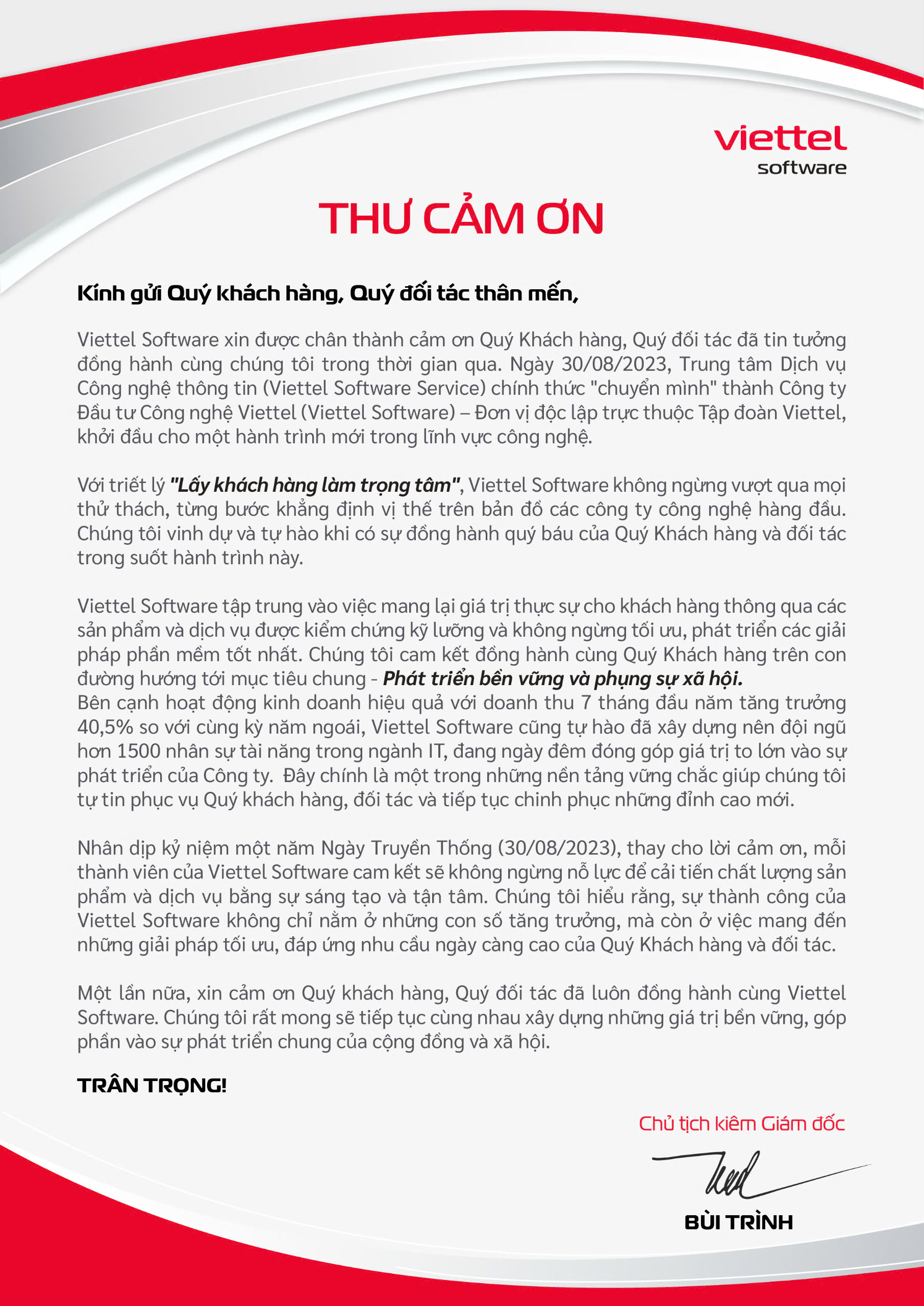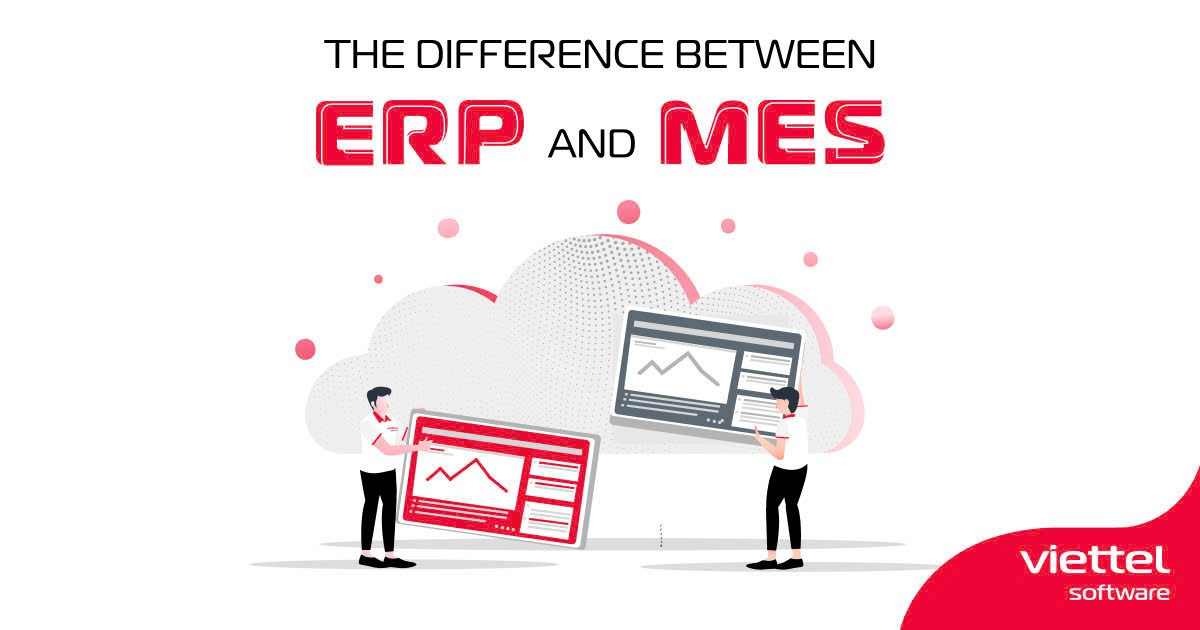CORE BANKING SYSTEM - DEFINITION, FEATURES, AND BENEFITS

In today's digital age, the banking industry is undergoing a significant transformation. The advancement of technology has changed customer expectations, compelling banks to adopt innovative solutions to enhance operational efficiency and improve user experience. Modern core banking solutions are the secret to success for every bank. Whether traditional or modern, robust core banking solutions are essential for operational effectiveness, customer experience, regulatory compliance, and security.
Globally, the core banking solutions market is valued at over $14 billion. In India, this market is projected to grow at a CAGR of around 16%, reaching approximately $1,510.92 million by 2028. At Viettel Software, we recognize the critical role that core banking systems play in this transformation. This article will help you gain a deeper understanding of core banking systems and the benefits they offer.
What is a Core Banking System (CBS)?

Core banking solutions are systems that encompass key modules to handle the fundamental operations of banks, such as payment accounts, credit services, and customer care. Through this system, banks can develop a variety of new products and services while improving internal management and ensuring tighter operations. Core banking is software that integrates multiple information technology applications to manage information, assets, facilitate transactions, and manage risks within the banking system. It fully meets the requirements of modern commercial banks.
The foundational technology of core banking has brought about significant changes in banking operations, affirming the role of technology in enhancing competitive capability, expanding networks, and diversifying service delivery channels.
Key features of Core Banking

1. Account Management
The account management feature is at the heart of every core
banking system. It allows banks to open, close, and monitor
various account types, including savings accounts, checking
accounts, credit accounts, and more. The system enables customers
to perform transactions such as withdrawals, deposits, transfers,
and real-time balance inquiries. With effective account
management, banks can accurately track all customer activities,
ensuring security and comprehensive reporting.
2. Product Module
The core banking system provides flexible management capabilities
and quick deployment of new financial products. From savings and
credit products to payment cards and supplementary services like
insurance, banks can easily create, modify, and offer these
products according to customer needs. The product module also
supports customizing conditions, interest rates, and fee
structures to suit specific customer segments.
3. Deposit Management
The deposit management feature helps banks effectively manage
customer deposits, from savings accounts to fixed-term deposits.
This system automatically calculates interest rates, manages
transaction histories, and executes tasks like renewing deposits,
early withdrawals, or managing promotional programs. Optimizing
the deposit management process enhances customer trust and
satisfaction.
4. Reconciliation and Payment System
The core banking system can integrate domestic and international
payment protocols, allowing banks to process payment transactions
quickly and accurately. The automatic reconciliation feature
assists in verifying and adjusting transactions, ensuring no
errors or discrepancies occur. Additionally, the system offers
various electronic payment methods such as transfers, bill
payments, QR code payments, and other contactless
transactions.
5. Risk Management
In the context of the financial industry facing numerous risk
challenges, the core banking system provides advanced risk
management tools. This feature includes monitoring and assessing
credit risks, market risks, and operational risks. The system
helps banks generate real-time reports and alerts, optimizing
decision-making processes, ensuring compliance with regulatory
requirements, and preventing unwanted risks.
6. ATM Management
The ATM management system within core banking ensures smooth and
efficient operation of the ATM network. It manages all
transactions at ATMs, such as withdrawals, balance inquiries,
statement printing, and inter-account transfers. Moreover, this
system also monitors the technical status of ATMs, alerts for
issues, and assists in cash management at ATM locations.
7. Loan Management
The loan management system helps banks track and manage the
entire lending process, from application and approval to
monitoring and debt recovery. This feature includes calculating
interest rates, managing payment schedules, and tracking customer
debt status. Furthermore, the system supports various loan
programs such as unsecured loans, secured loans, and consumer
loans, ensuring a quick and transparent lending process.
8. Customer Relationship Management (CRM)
The core banking system integrates customer relationship
management (CRM) features, helping banks capture detailed
information about customers, from transaction history and
preferences to important personal information. This allows banks
to offer personalized products and services, enhancing customer
experience and loyalty. The CRM system also supports banks in
implementing marketing campaigns and customer service efficiently
and automatically.
9. Reporting and Analytics
Core banking provides powerful reporting and data analytics
tools, enabling banks to generate detailed financial reports,
monitor business activities, and evaluate the performance of each
branch. This data can be used to analyze trends, assess risks, and
forecast future performance, thereby supporting the strategic
decision-making process of the bank. The compliance reporting
feature also helps banks meet legal and audit requirements
accurately.
Benefits of Implementing a Core Banking System
1. Optimize Operational Efficiency
One of the greatest benefits of a Core Banking System is the
automation of operational processes, which minimizes manual errors
and saves time. This system enables banks to integrate and manage
activities such as transactions, account openings, payments, and
credit processing on a single platform. This not only reduces
operational costs but also increases labor productivity.
2. Improve Customer Experience
The Core Banking System allows banks to provide seamless, quick,
and personalized services to customers. Real-time transaction
processing enables customers to perform banking activities like
transfers, bill payments, and balance inquiries anytime and
anywhere, through various channels such as internet banking,
mobile banking, and ATMs. This enhances customer experience,
boosts satisfaction, and strengthens loyalty to the bank.
3. Comprehensive Financial Management
With the Core Banking System, banks can comprehensively manage
financial aspects such as checking accounts, deposits, credit, and
investments. The system helps accurately track and manage
transactions related to deposits, loans, interest rates, and other
promotional programs. This aids banks in better controlling cash
flow, minimizing risks, and enhancing transparency in financial
operations.
4. Enhanced Security and Regulatory Compliance

5. Integration and Synchronization of Multiple Transaction
Channels
Another important benefit of the Core Banking System is its
ability to integrate multiple transaction channels, from physical
branches and ATMs to digital platforms such as mobile banking and
internet banking. This allows customers to perform transactions
across all channels without interruptions, while banks can manage
these channels synchronously and efficiently.
6. Improved Analysis and Forecasting Capabilities
The Core Banking System enables banks to analyze customer and
market data comprehensively. Advanced reporting and analysis tools
within the system provide insights into customer behavior, market
trends, and operational performance. This helps banks optimize
existing products and services while supporting strategic
decision-making based on real data, fostering sustainable business
growth.

7. Support for Scalability and Product Development
The Core Banking System allows banks to easily scale operations
and develop new products and services. Thanks to its flexibility
and high customization capabilities, banks can quickly launch
credit products, payment cards, and digital banking services
tailored to the needs of specific customer groups. This enables
banks to swiftly respond to market demands and maintain
competitive advantage.
8. Enhanced Risk Management
The Core Banking System provides comprehensive risk management
tools, covering credit risk, market risk, and operational risk.
Banks can monitor risk indicators in real time, automatically
alerting them and enabling rapid response measures. As a result,
banks can minimize losses due to risks and better comply with risk
governance requirements from regulatory authorities.
9. Increased Competitive Edge
In the increasingly competitive financial market, the ability to
provide diverse and prompt services is a significant advantage.
The Core Banking System helps banks improve and offer modern
financial services, supporting business network expansion and
enhancing customer experience. This not only helps banks maintain
the trust of existing customers but also attracts new ones.
We hope that through the information shared above, you have gained a clearer understanding of the Core Banking System and related issues regarding core banking solutions. This knowledge will help you easily select and apply the most suitable solutions for managing and operating your banking activities. For further consultation on Core Banking solutions provided by Viettel Software, please contact us via email: contact@viettelsoftware.com or Hotline (+84) 988889446 for detailed and prompt assistance.




